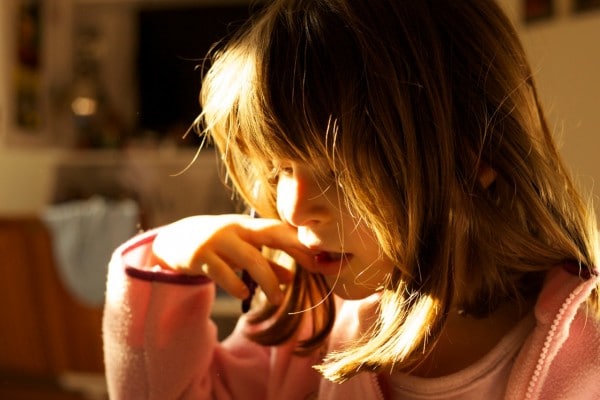Project Description
Children and Teenagers
More and more children, who nowadays have many extracurricular activities, or who can be under pressure are in need of moments dedicated to physical and psychological relaxation. Moreover, numerous teenagers are currently completely disconnected from reality and from their own bodies, due to disarray they spend most of their time on social networks.
What age may children start practising sophrology from?
In fact, this can be as soon as the child can understand what the sophrologist explains to them. The younger the child is, the shorter the sessions are, or else the child will struggle to concentrate. For those younger than 5 years old, relaxation will be the essential activity. The exercises are mostly based on the body and children understand this language very well. They naturally live in the present moment and experiment, which is the best way to learn.
To attract their attention and make them want to practice the exercises, the sessions ought to be playful. This aspect was developed by an international team specialising in sophrology for children: Claudia Sanchez and Ricardo Lopez, whose footsteps Laurence followed throughout her training. As a matter of fact, the sophrologist has to be simple, authentic, and creative, notably with the use of sophrological tales. The sophrologist may also ask the child, for instance, to express their feelings through drawings.
It is to be noted that playful sophrology is also largely used with adults to help them learn to let go and to put sophrology easily into their daily routines by the use of simple exercises. This allows them, through games, to recapture forgotten sensations.
Sophrosan also offers a specific mindfluness program for children in oder to train their attention. For further information please visit the “Mindfulness Matters!” page.
Why choose sophrology for children?
Sophrology can be an excellent tool for children in the following ways:
- To make children become aware of their body and create a positive relationship with it
- To help children cope with stomach pains or headaches caused by stress or anxiety, fear of going to school, fear of death, nightmares, etc
- To make children work on their focus and concentration,
- To help children increase self-confidence,
- To overcome potential sleeping problems,
- To teach children how to handle their emotions, or even any aggressiveness they may have,
- To teach children how to manage their hyperactivity,
- To manage any tics or twitches they may have,
- To help children overcome any separations that they may have experienced such as break ups, periods of mourning, divorce, or moving home.
And as for teenagers:
- To help them cope with their newly acquired freedom and novelty (new classes, new school),
- To resolve any tensions that they may have in order to face exams serenely,
- To help them accept their constantly changing body,
- To help them manage any eating disorders such as anorexia or bulimia,
- To help them avoid dangerous behaviours and morose or even morbid states of mind (leading to running away, experiencing abuse of alcohol, tobacco, etc).
What are the benefits of sophrology?
Sophrology enables to work at the same time both on:
- children / adolescents and their body, and
- children / adolescents and others.
Techniques
Several interesting techniques exist in Sophrology for children and adolescents:
- Children will, for example, learn how to feel their breathing in a different way, use it to relax and calm themselves as soon as they need it. Younger children can work on their breathing with their teddy bears, which will also help them fall asleep more easily.
- Children will, in addition, learn to accept their emotions such as anger and fear without wanting them to disappear.
- By learning how to distance themselves from their tensions, children will know how to better manage their aggressiveness.
- With the help of dynamic relaxations, children will become conscious in the movement and space of their body, in all its entire form and this will help strengthen their self-confidence.
- When reaching adolescence, they will be able to define and constitute their own personal values corresponding to their age, by learning to be able to look at a situation in a different perspective by working on values, for example taking a step back when experiencing a break up.
- Using the trigger signal and some visualization techniques, teenagers will be able to project themselves positively after an exam and will thereby be able to manage their lack of motivation and potential phobias: fear of disappointing parents, fear of oral exams, fear of forgetting something.
Expectations:
The movements, exercises and techniques taught during sessions are simple and can be rehearsed alone at home. The idea is to really aim to the child’s or teen’s autonomy so that they are the main actor throughout the sessions.
Sessions:
5 sessions minimum, obviously depending on the child’s or teenager’s issues, motivation, and practice.
Sophrology sessions are generally held once a week. It is also advised to practice exercises at home for better results. For this reason, it is crucial not to force your child or teenager to attend the sessions, motivation and will remain essential.
For more information regarding the procedure of each individual session, please click on the link here.
For more information regarding fees, please click on the link here.
Please remember that these sessions should not replace any other sessions or treatment you may be following elsewhere, for example with your medical practitioner or psychiatrist.

